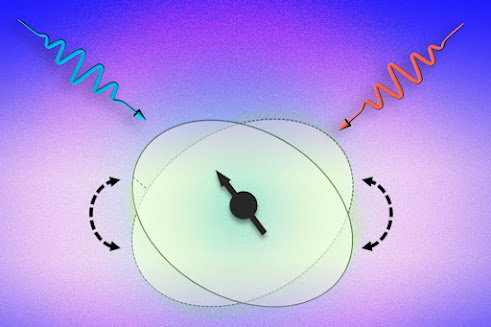.jpg) |
| Using blood samples, the researchers examined TCR genes in 45 people from different parts of the world. Photo Credit: Ahmad Ardity |
Researchers from Karolinska Institutet have discovered that the genes encoding our T cell receptors vary greatly between persons and populations, which may explain why we respond differently to for example infections. The findings, presented in the journal Immunity, also demonstrate that some gene variants are inherited from Neanderthals.
T-cells that are part of our immune system are central in the protection against infections and cancer. With the help of TCRs, the cells recognize foreign invaders and tumor cells.
“It was previously unknown how variable human TCR genes are”, says Gunilla Karlsson Hedestam, professor at the department of microbiology, tumor and cell biology at Karolinska Institutet and the study's lead author.
Persons from different parts of the world were included
Using deep sequencing of blood samples, the researchers examined TCR genes in 45 people originating from sub-Saharan Africa, East Asia, South Asia and Europe. The researchers showed that these genes vary greatly between different persons and population groups. The results were confirmed by analyses of several thousand additional cases from the 1000 Genomes project.




.jpg)

.jpg)


.jpg)




.jpg)

